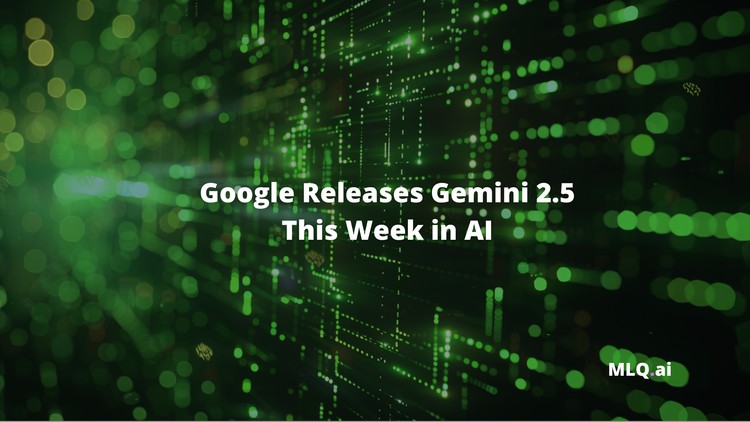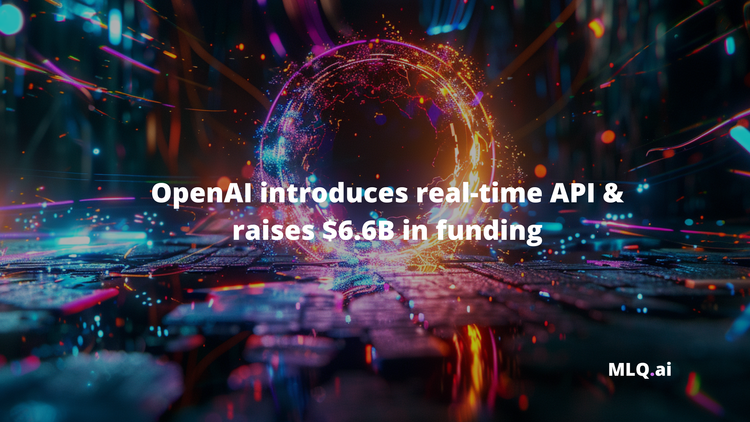Welcome to our This Week in AI roundup. Our goal with this roundup is to provide an overview of the week's most important news, papers, and industry developments.
This week we have stories about OpenAI, AI for trading and investing, and 3D mapping the universe.
OpenAI Launches $100M AI Fund
OpenAI launched a $100 million fund to invest in early-stage AI companies. The fund will place "large, early bets" on a small number of startups, probably no more than ten. The fund will assist AI businesses have a "profound, positive impact on the world," according to OpenAI's CEO.
It plans to work with early-stage companies in areas where AI may have a "transformative" impact, such as health care, climate change, and education, as well as areas where AI tools can empower people by assisting them in becoming more productive, such as personal assistance and semantic search.
Stay up to date with AI
AI-powered research platform raises $20M
In a series B financing led by Ten Coves Capital, Sentieo has raised $20 million. Sentieo's AI-driven document search component uses natural language processing and linguistic algorithms to filter through millions of texts. Sentieo also uses AI for automated document summarization, categorization, and sentiment analysis, as well as to extract KPIs and develop models from filings.
8 Applications of Machine Learning for Trading & Investing
In this article, we discuss 8 applications of AI and machine learning for trading and investing, including;
- Social sentiment
- News sentiment
- SEC filing sentiment
- Return estimates
- Stock rankings
- Crypto on-chain analysis
- Synthetic data with GANs
- Reinforcement Learning for trading
AI Tasked with Creating a 3D Map of the Universe
One of the world's most powerful supercomputers has been brought on in the US, and it will be tasked with applying its considerable artificial intelligence to some of the most difficult undertakings, ranging from astrophysics and climate to sustainable energy technology.
According to the chip manufacturer Nvidia, it is "the fastest on the planet." 6,159 Nvidia A100 Tensor Core graphics processing units power the system. It has a performance of around four exaflops per second, or a quintillion floating-point operations per second. It will be used to create a 3D map of the universe, among other things.
That's it for this edition of This Week in AI, if you were forwarded this newsletter and would like to receive it you can sign up here.






